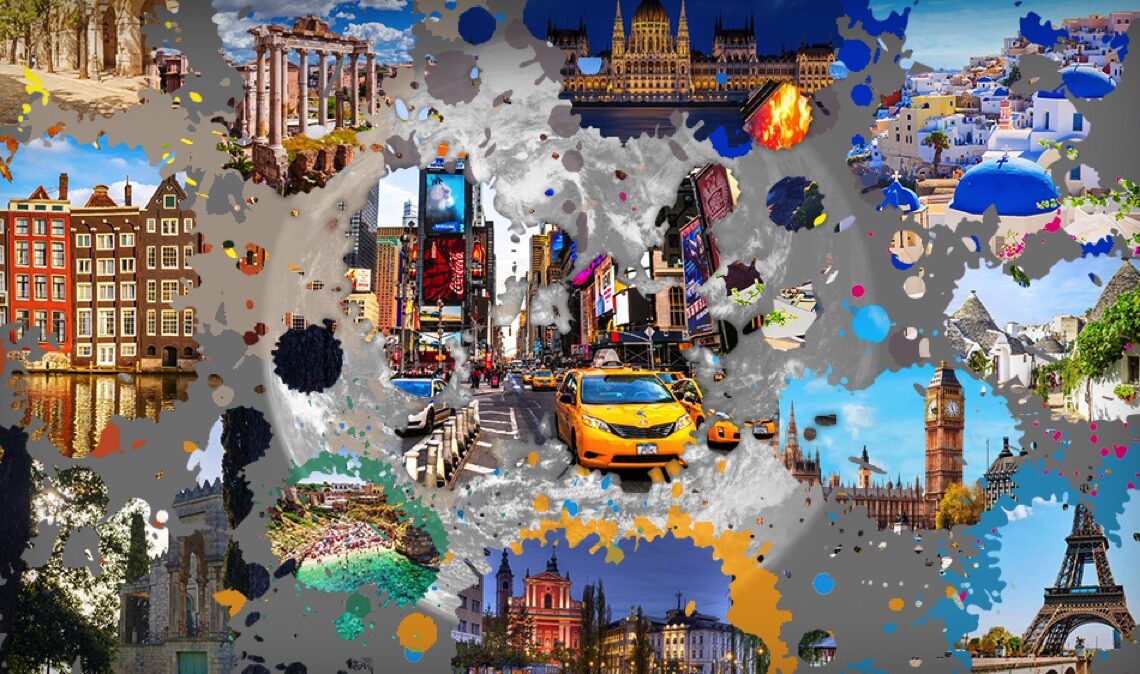
The starting point is the study of color and its effects on humans.
VASILIJ KANDINSKIJ
The spiritual of art (1912)
Let’s make an experiment, together: try to close your eyes and image, one by one, the cities you have visited or known. The chromatic association will be the first that will help you visualize them in your mind: so, you will begin to imagine the bright and colorful architecture of Amsterdam, the blue domes and lime walls of Santorini, the red skyline of the city of Bologna.
So, does every city have its color?
The answer is affirmative for this question especially considering the historic city, whose face derives from its dominant colours, related to the most easily reachable materials in the surrounding area.
So let’s talk about the dualism colour-material, as the tones of the stone or the different shades of the plaster constitute the different chromatic values that unequivocally characterise the perceptive imprint of a village, fostering in the observer the memorisation of the Genius loci and its identity character: for this reason the historic centre of Bologna is not ‘red’ but of terracotta, just as the white lime of the walls of Greece recalls the building materials most commonly used in the south of the Mediterranean, such as in Puglia.
The conversation about the contemporary city is different, totally disconnected from its local context and driven to experiment with innovative materials and techniques, also used on the other side of the world due to globalisation.
It is obvious how important is correctly approaching the study of the chromaticity of cities and color plans have a reason to exist: tools for planning and programming cities transformations, preceded by studies and catalogues on the colour tradition, materials and building elements of the city throughout history.
Colour, therefore, has a strong influence on the definition of the urban facies, indeed, we can say that this is colour, allowing the colour values of each individual city to bond with one or more specific materials and supporting the thesis of the chromatic impression and memory of a city mentioned earlier.
For example:
- The main monuments of the Roman world recall the abundance of ‘Lapis Tiburtinus’, which determines the yellowish-white colour typical of Rome‘s travertine;

– The abundance of ‘Marmor Lunense’ in the Carrara area determines the predominance of white in Tuscan cities, first of all Pisa, which in the Piazza dei Miracoli presents the manifesto of the surrounding area’s potential;
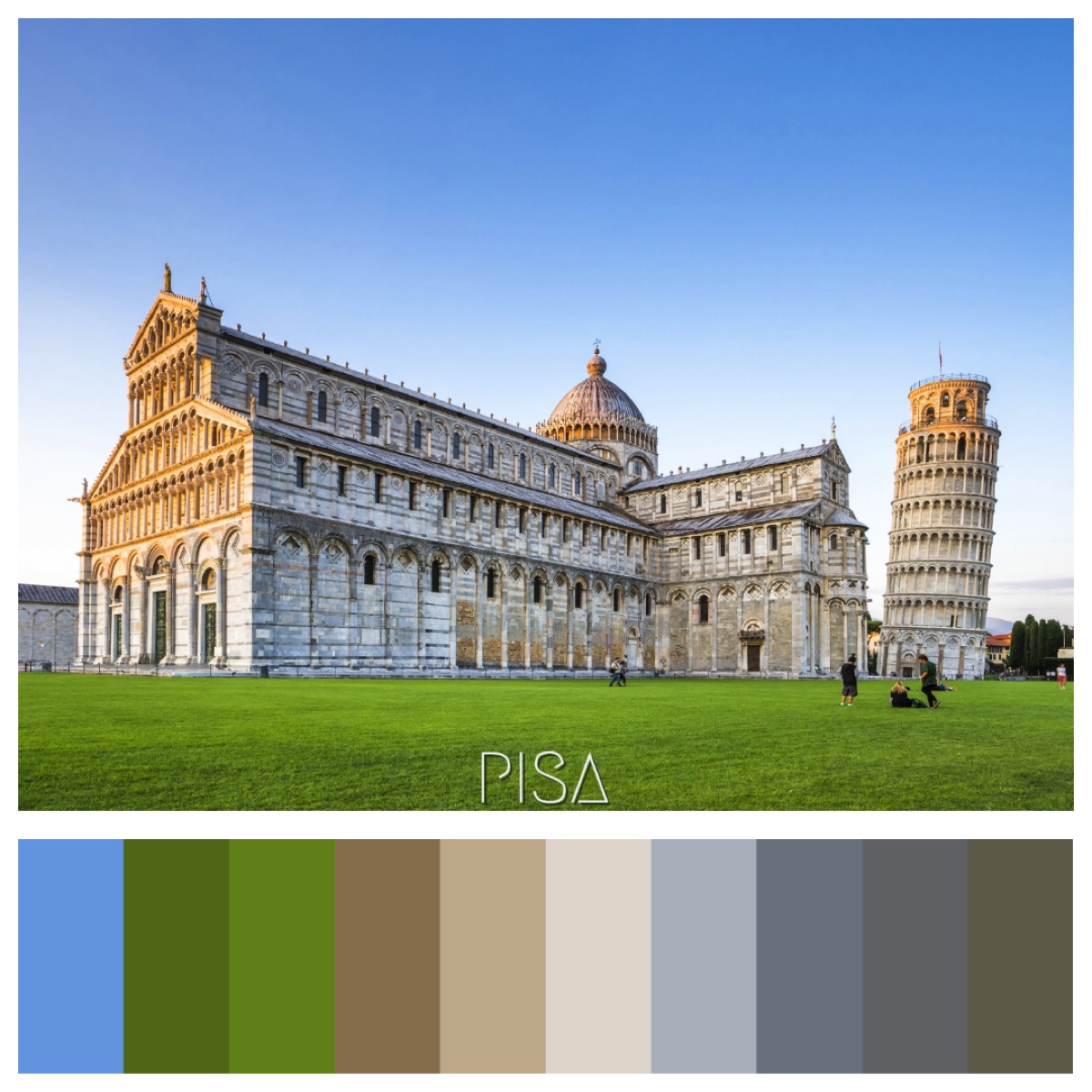
– Bologna is red, for the clay characteristics of its subsoil;
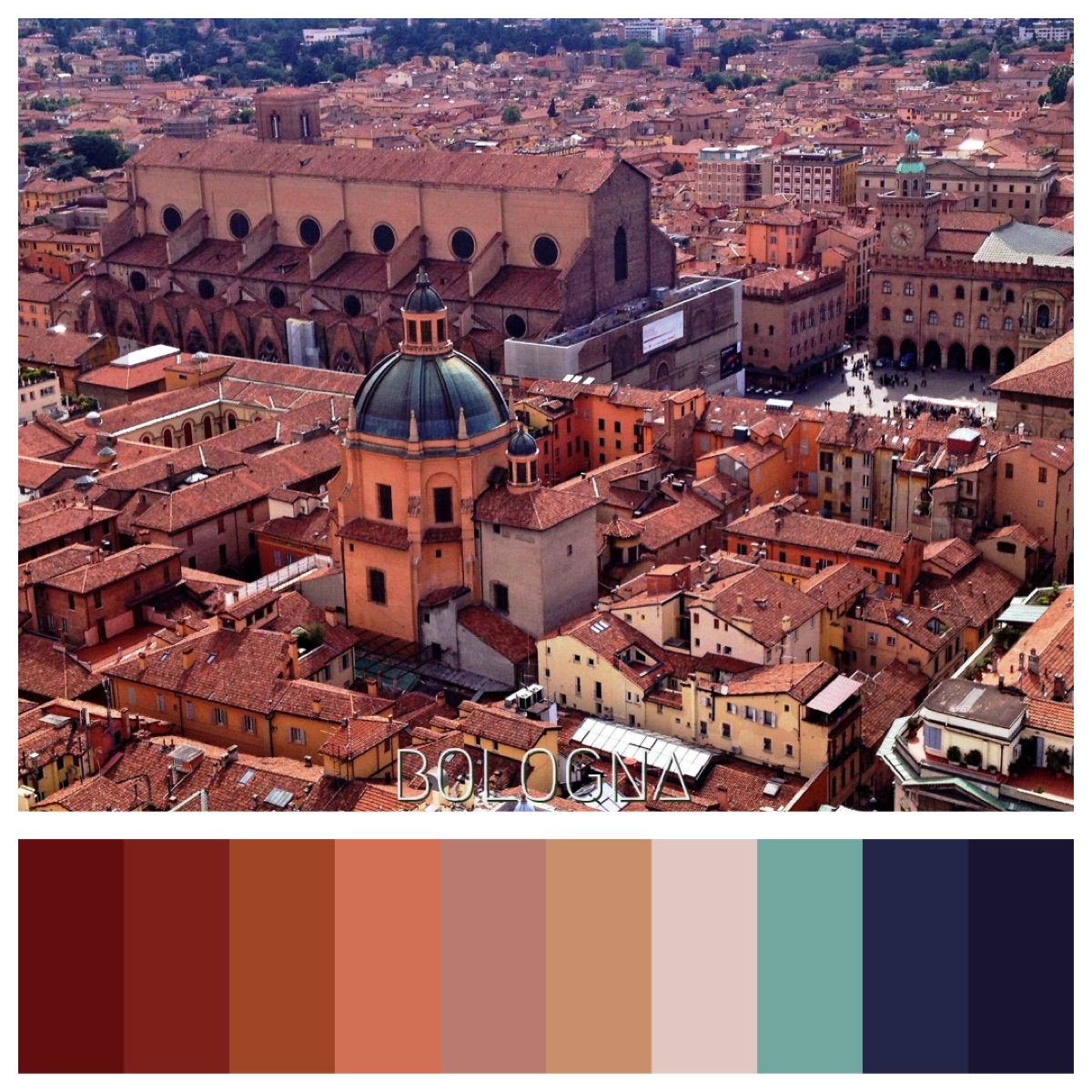 – Verona turns pink for the massive presence of the calcareous stone extracted from Lessini for the massive presence of the limestone quarried from the Lessini mountains mountains;
– Verona turns pink for the massive presence of the calcareous stone extracted from Lessini for the massive presence of the limestone quarried from the Lessini mountains mountains;

If colour has a strong influence on urban quality, we can not overlook the decisive role of light, which gives us different perceptions depending on the material it reflects on.
If the new frontiers of technology offer an innumerable range of materials, characterised by material textures, three-dimensional in their surface and colour, the frontiers of information technology and lighting technology (with the advent of LED lights, fibre optics and the possibility of projecting images into surfaces in a dynamic manner) make it possible to transfigure the materiality of surfaces, with effects of continuous variation that remove the certainty of the weight of the construction material.
If in historical architecture light beats on the surface and returns an image, in these new architectures light is produced and no longer returned from the surface.
Light is even more the protagonist of the urban scene, with its effects it modifies the perception of the buildings volume: colour, matter and light merge into a single design interpretation that becomes individual and collective suggestion.
So, how does a city change when seen by day or in the middle of the night?
Amsterdam by day, with the colocolored houses reflected in the waters of its canals
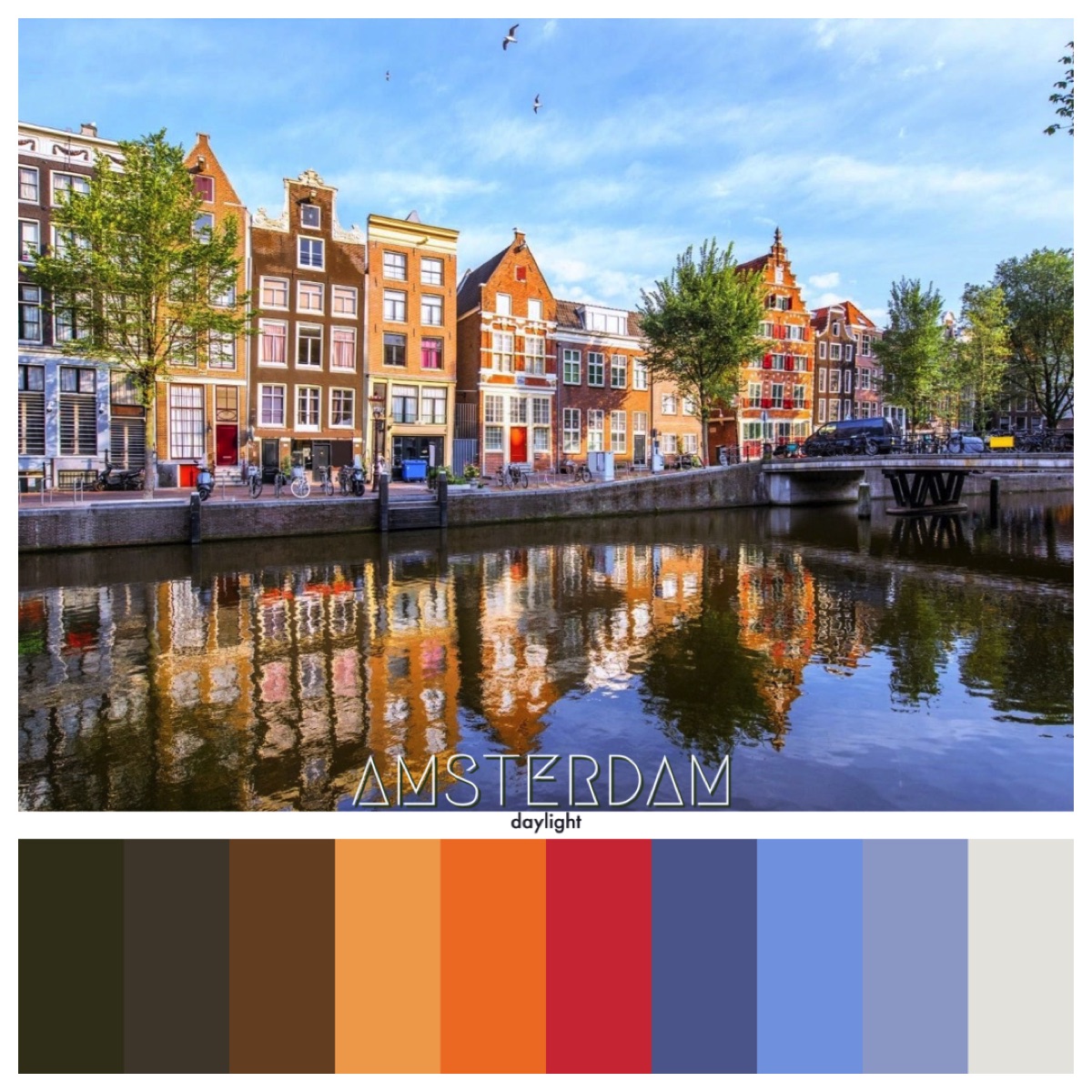
Still Amsterdam, but by night.
Did you noticed how urban perception varies by simply changing the time of day?
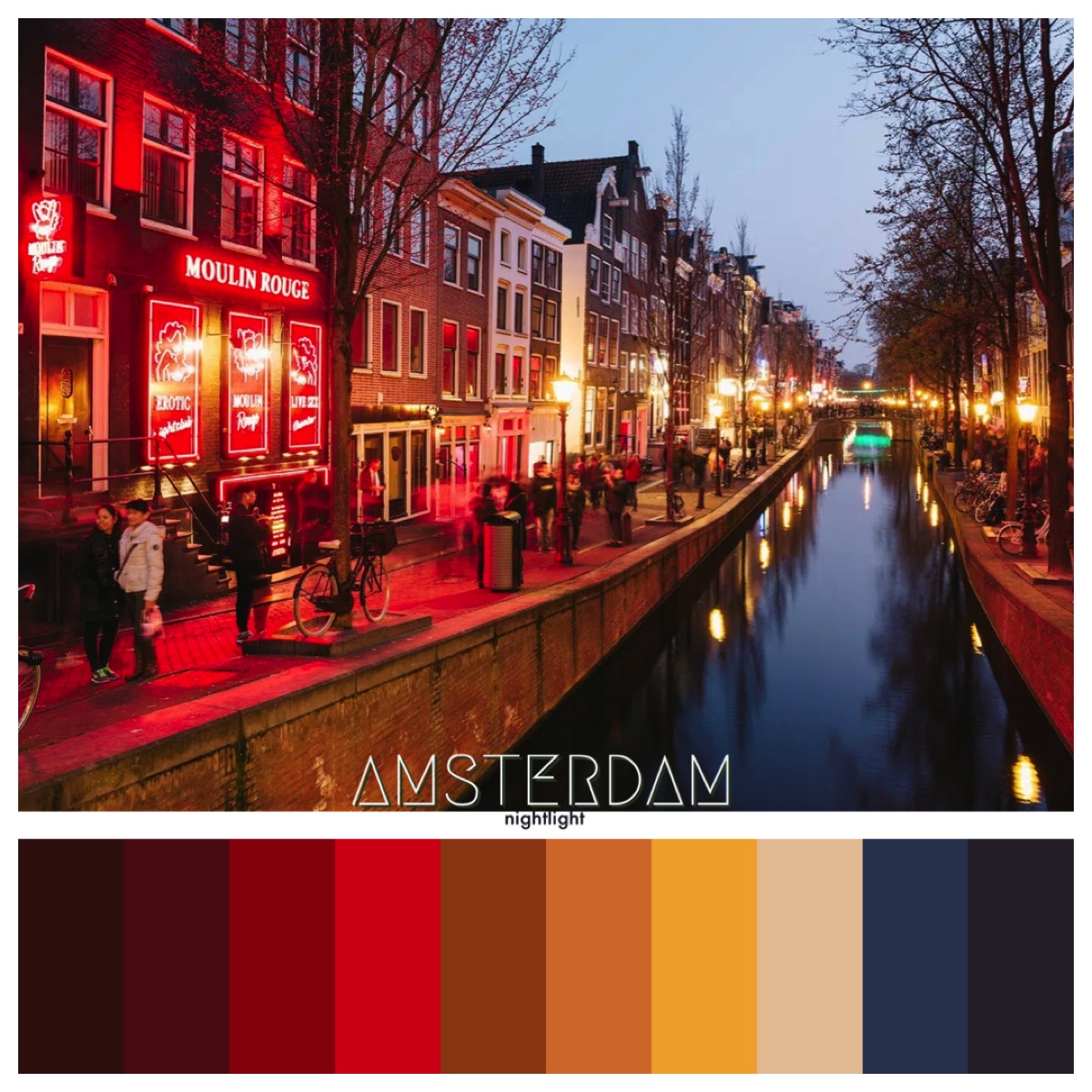
Polignano a Mare by day is unmistakable in its thousands of marine hues
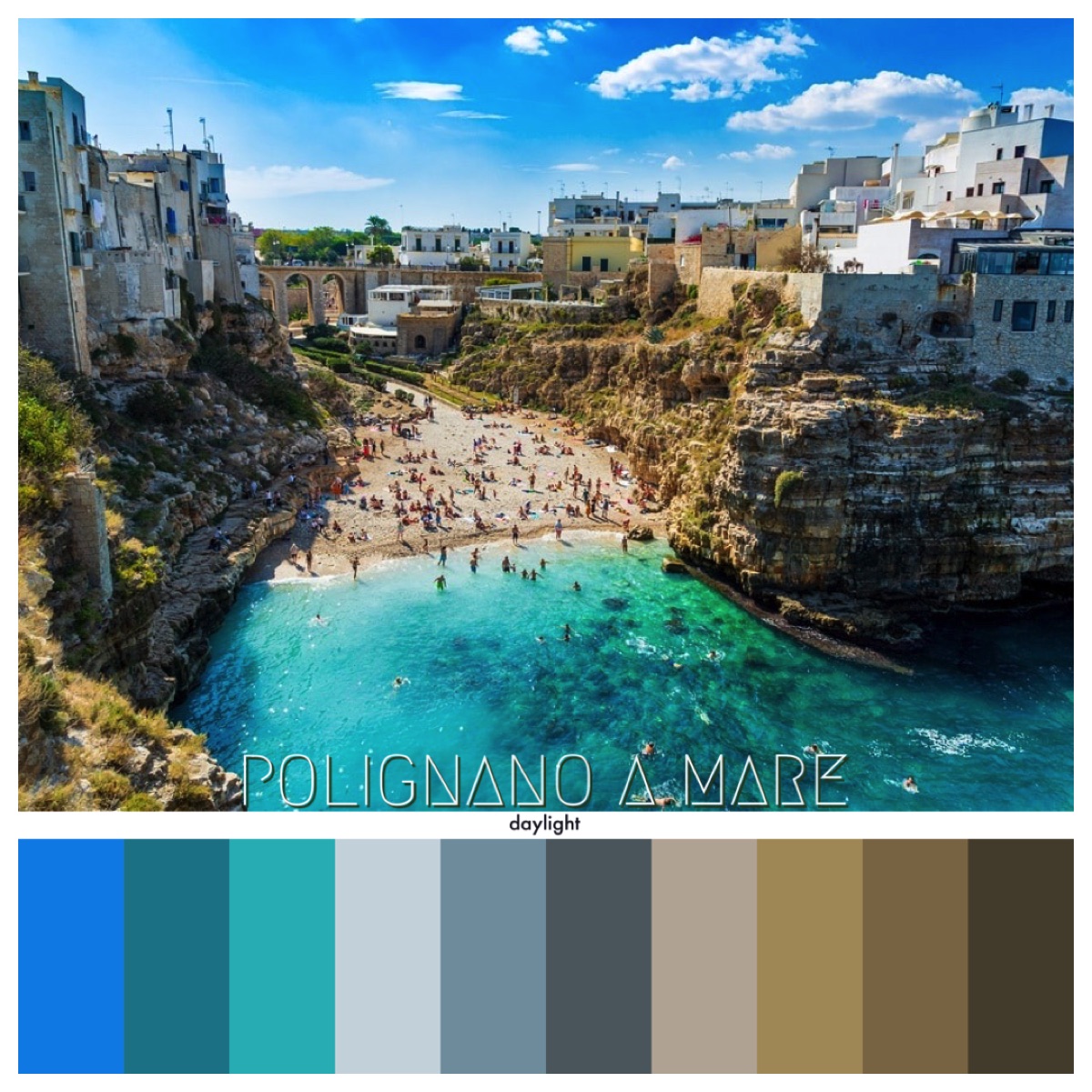
Polignano a mare by night is surreal with the blue hues giving way to the thousand lights of the city.